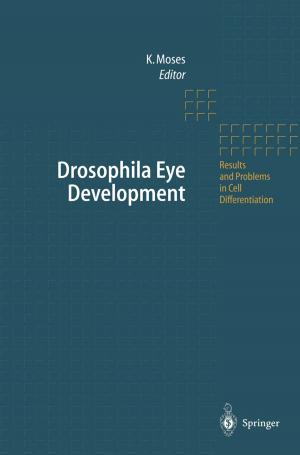The Mechanoreceptors of the Mammalian Skin Ultrastructure and Morphological Classification
Ultrastructure and Morphological Classification
Nonfiction, Science & Nature, Science, Biological Sciences, Health & Well Being, Medical| Author: | Z. Halata | ISBN: | 9783642454653 |
| Publisher: | Springer Berlin Heidelberg | Publication: | December 6, 2012 |
| Imprint: | Springer | Language: | English |
| Author: | Z. Halata |
| ISBN: | 9783642454653 |
| Publisher: | Springer Berlin Heidelberg |
| Publication: | December 6, 2012 |
| Imprint: | Springer |
| Language: | English |
Whilst most of the senses (hearing, sight, smell and taste) have their own organs, the tactile sense is dependent on the sensory nerve endings of the periph eral processes of the nerve cells in the spinal ganglia. These nerve endings are distributed over the entire body. They vary in number and structure according to the nature of the tissue. For instance, the quantitative innervation of the mucosa differs from the innervation of the periosteum or the articular capsules. The skin and its related tissues are relatively richly innervated, but here too there are regional differences. Some areas, such as the skin of the back, have relatively few nerve endings, whilst other parts (e.g. the skin of the fingers) are richly innervated. Most authors describe the nerve endings systematically from the surface of the epidermis to the lower layers of the dermis. On the basis of the topographical criteria, we differentiate between epidermal and dermal nerve endings.
Whilst most of the senses (hearing, sight, smell and taste) have their own organs, the tactile sense is dependent on the sensory nerve endings of the periph eral processes of the nerve cells in the spinal ganglia. These nerve endings are distributed over the entire body. They vary in number and structure according to the nature of the tissue. For instance, the quantitative innervation of the mucosa differs from the innervation of the periosteum or the articular capsules. The skin and its related tissues are relatively richly innervated, but here too there are regional differences. Some areas, such as the skin of the back, have relatively few nerve endings, whilst other parts (e.g. the skin of the fingers) are richly innervated. Most authors describe the nerve endings systematically from the surface of the epidermis to the lower layers of the dermis. On the basis of the topographical criteria, we differentiate between epidermal and dermal nerve endings.















